Drone Team Twente
In many rural areas, aid in any form is hard to access. The roads are unsuitable for cars, villages relocate without letting the authorities know. This can lead to many problems if, for example, an ambulance is needed.
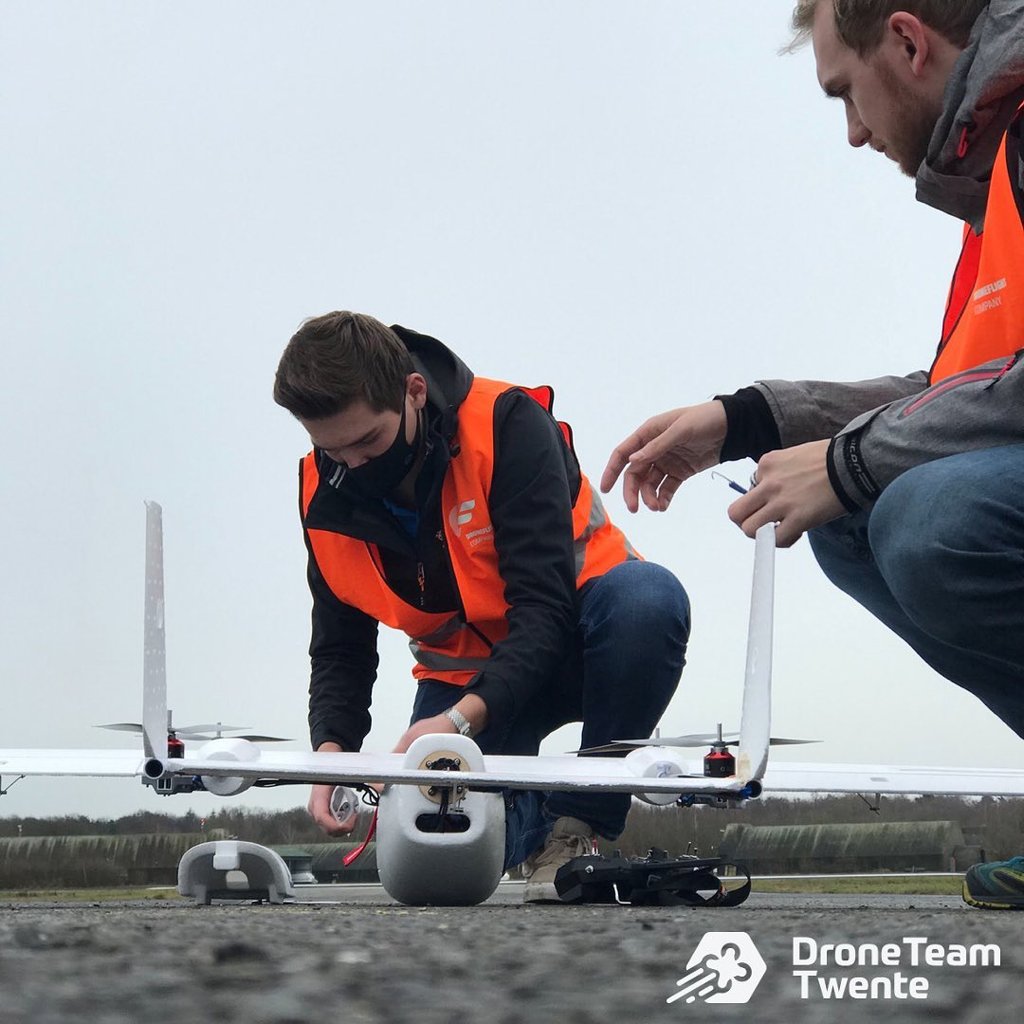
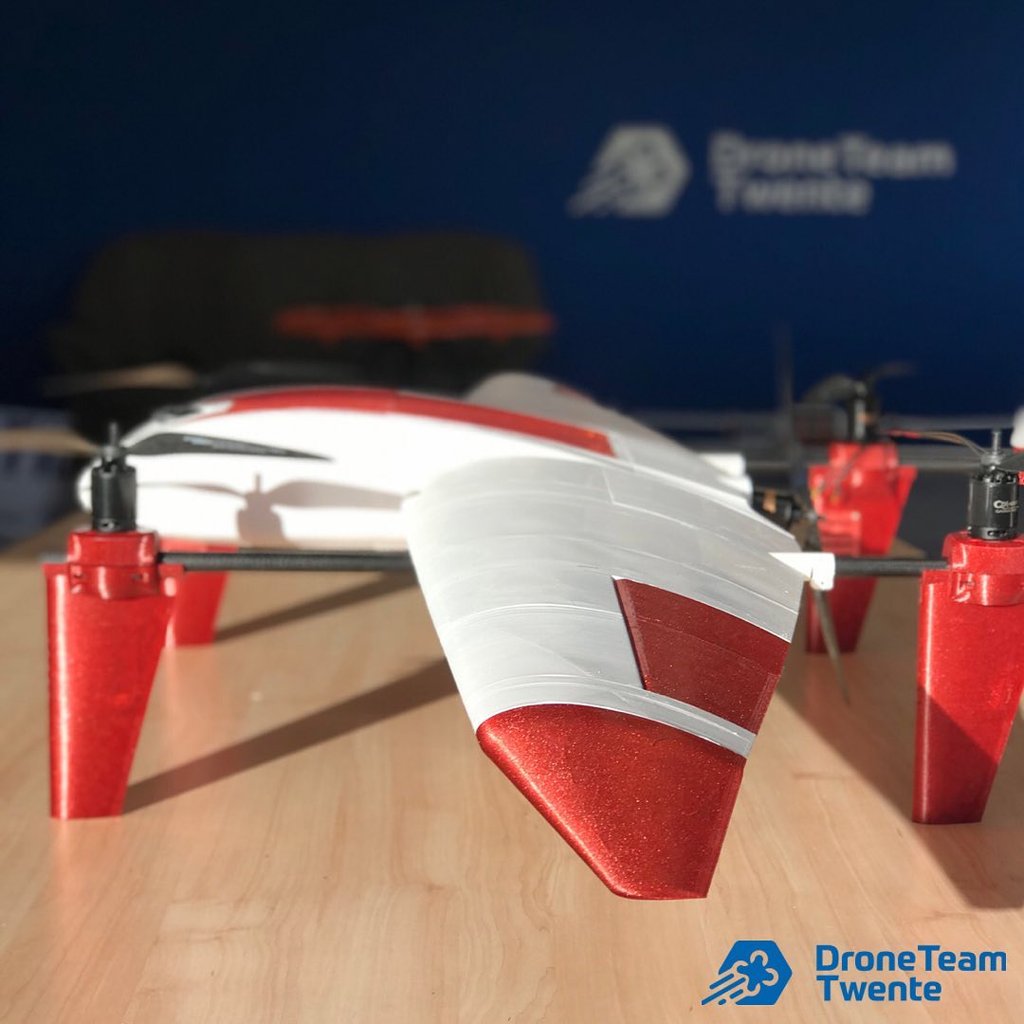

This can be solved through the use of drones which can fly autonomously, find the drop-off point through image recognition, and flying for a long enough time before dropping a package with a parachute. We were given a tight budget to innovate and accelerate the drone industry, focusing on cheap materials and making sustainable choices.
A team of 15 full and part-time working students spent a year creating a drone that can resolve this problem. After many prototypes, test flights and crashes, they designed and built the final product.
This new drone can take off vertically and transition to a horizontal flight in mid-air. In this way, the drone can take off anywhere and is not compromised by any need for an airstrip. The drone can travel at speeds of up to 100km/h to quickly bring aid to people in need. This was made possible because of the drone’s lightweight, 3d-printed material and its aerodynamic build. It can also drop a payload of 3kg, and use image recognition to determine the location.
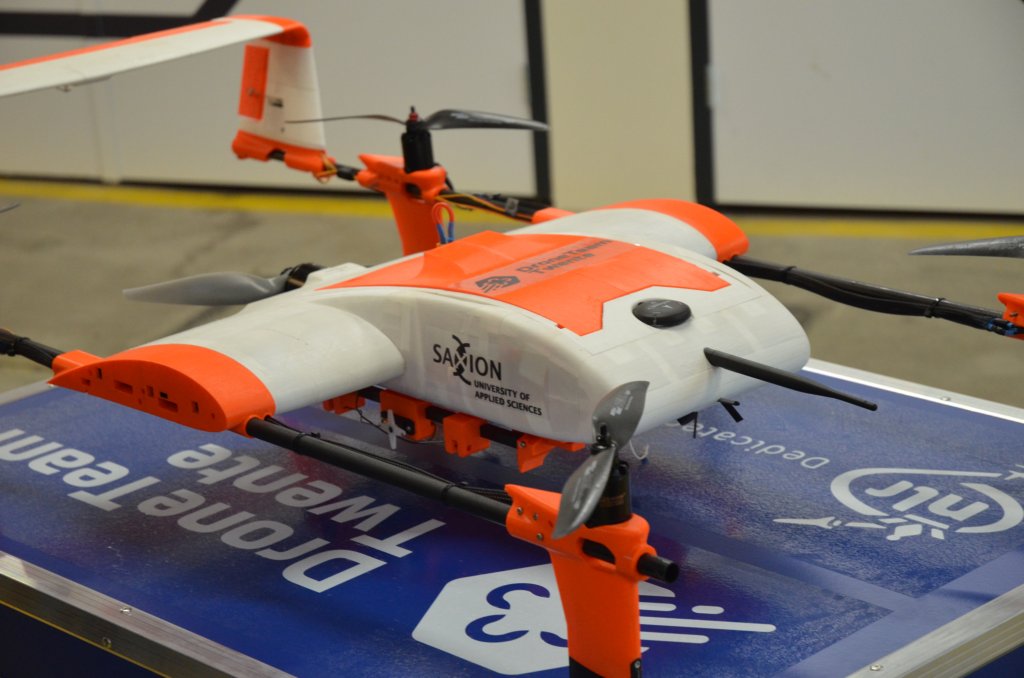
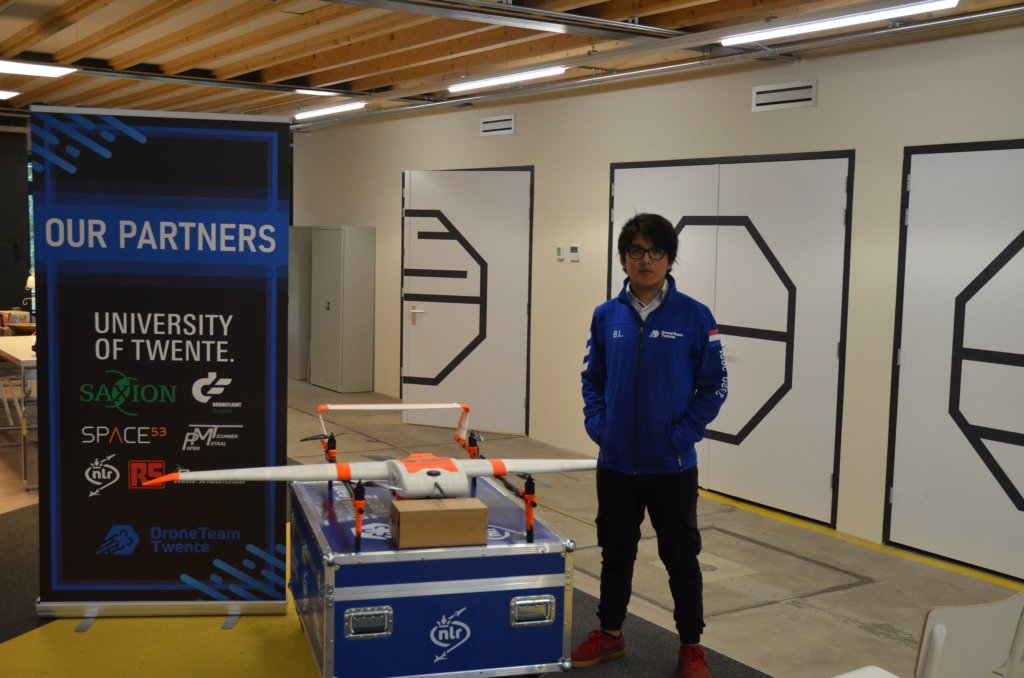
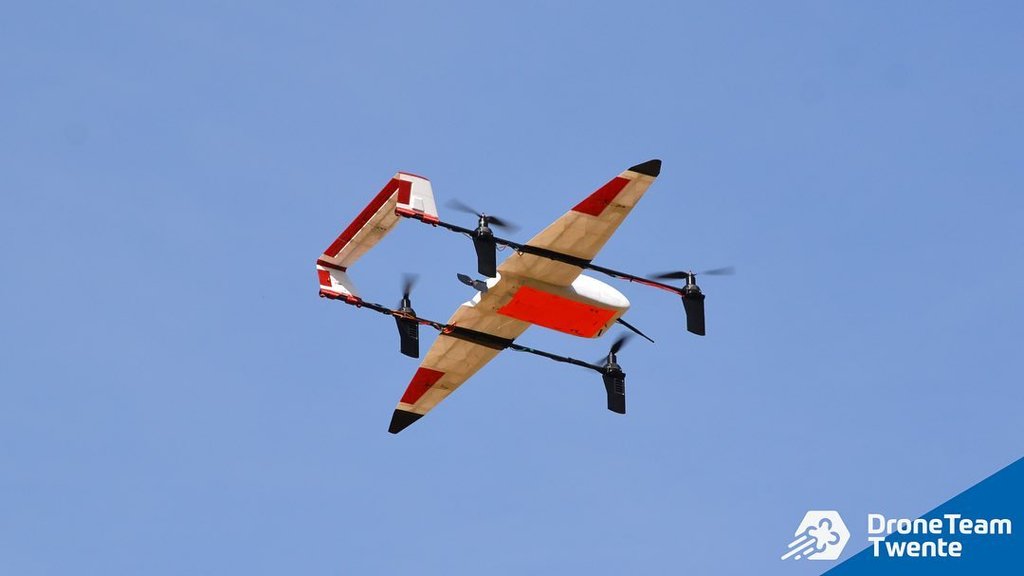
The project’s impact comes from ensuring that people in rural areas needing rapid medical aid will quickly receive what’s needed. Moreover, we will ensure that what we have learnt is available to the rest of the world so that everyone can learn from our designs and implement them as required.
We hope to inspire other companies to think in the same way and continue innovating the drone industry. In the future, drones will play a greater role in people’s lives.
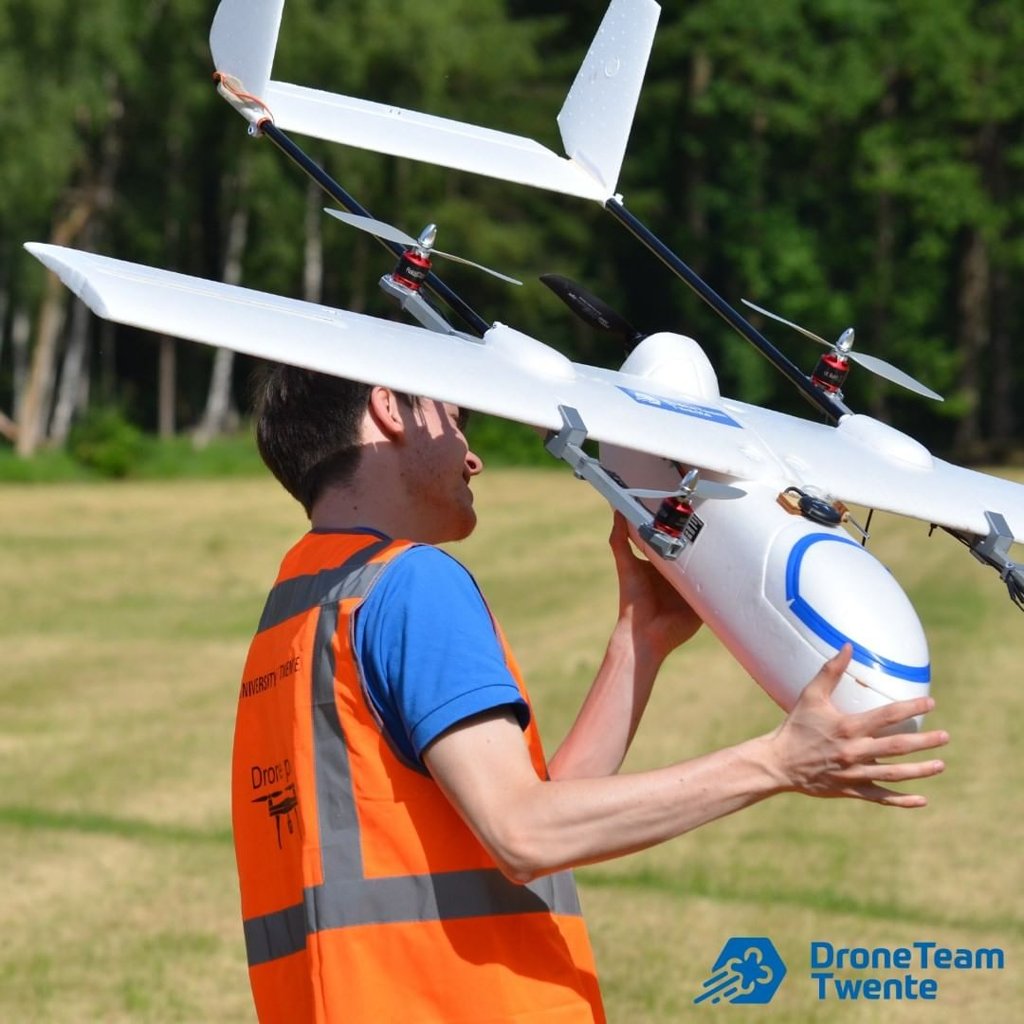
Share
Contacts
- -Sietse Oosterhout
- -Phillipe Damoiseaux
- -Maxim Ciscato
- -Bas Kluijtmans
- -Rens de Boer
Editions
Themes
Links
Project websiteCompetition
DroneTeam Twente | Instagram
DroneTeam Twente | YouTube
DroneTeam Twente | Facebook



